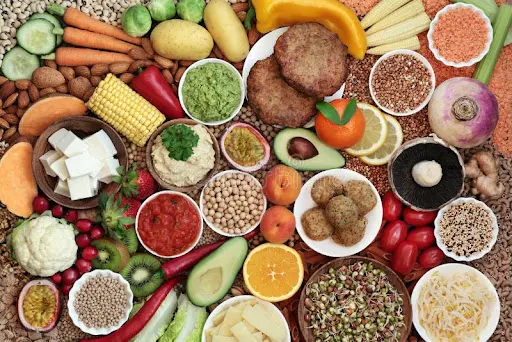Do you think about restrooms while leaving home or do you check where the toilets are at the shopping centers before you get there? Or do you try to avoid sneezing or laughing because you are not sure you will stay dry? You might be suffering from urinary incontinence . Both men and women can suffer from this embarrassing situation.
The problem isn't new- even the ancient Egyptian developed remedies to deal with it.
Certain dietary changes may help manage the condition and reduce symptoms.
1. Increase fluid intake: It may seem counterintuitive, but increasing your fluid intake can actually be beneficial. Adequate hydration helps maintain bladder health and prevents irritation. However, be mindful of your fluid choices, opting for water and avoiding excessive caffeine and alcohol consumption, as they can irritate the bladder.
2. Manage weight: Maintaining a healthy weight can help alleviate pressure on the bladder and reduce symptoms of incontinence. If you are overweight, gradual weight loss through a balanced diet and regular exercise may be beneficial.
3. Fiber-rich foods: Constipation can exacerbate bladder weakness and incontinence. Ensure your diet includes an adequate amount of fiber from sources such as fruits, vegetables, whole grains, and legumes. Fiber promotes regular bowel movements, reducing the risk of constipation and strain on the bladder.
4. Avoid bladder irritants: Certain foods and beverages can irritate the bladder, leading to increased urgency and incontinence. Common culprits include caffeine (found in coffee, tea, chocolate, and some sodas), alcohol, carbonated drinks, acidic foods (like citrus fruits and tomatoes), spicy foods, and artificial sweeteners. It may be helpful to keep a food diary to identify any triggers specific to you.
5. Pelvic floor-strengthening foods: Some nutrients, such as vitamin D, calcium, and magnesium, are essential for muscle and nerve health. Including foods rich in these nutrients, like dairy products, leafy greens, nuts, and seeds, may potentially support pelvic floor health.
It's important to note that everyone's body is different, and what works for one person may not work for another. It's advisable to consult a qualified dietitian, who can provide personalized advice and guidance based on your specific needs and medical history. They can help create a comprehensive plan that combines dietary modifications with other appropriate treatments for bladder weakness and incontinence.







.jpg)


.jpg)